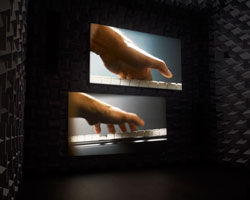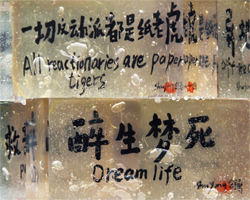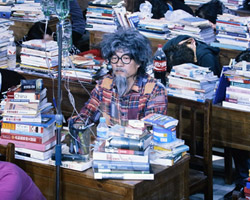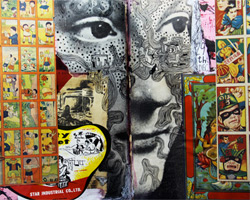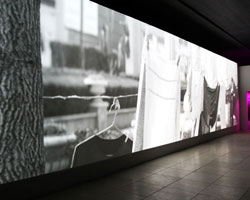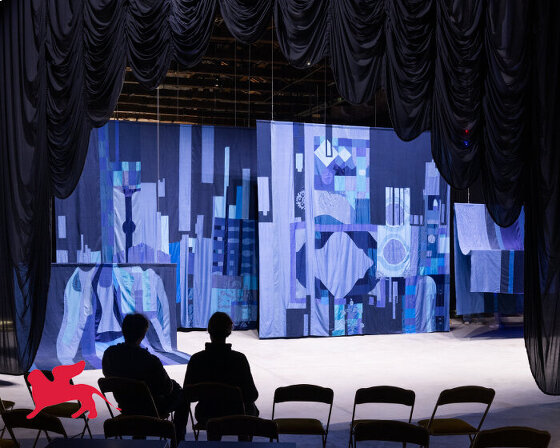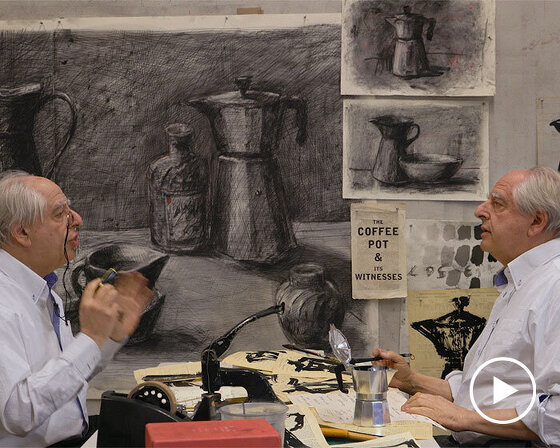KEEP UP WITH OUR DAILY AND WEEKLY NEWSLETTERS
happening this week! holcim, global leader in innovative and sustainable building solutions, enables greener cities, smarter infrastructure and improving living standards around the world.
PRODUCT LIBRARY
across twelve themed galleries, the first-of-its-kind show at qatar's national museum traces the evolution of pakistan's visual arts and architectural practices over the past eighty decades.
these twisted sculptures now join the artist’s earlier tangled post box installed on cheese lane, which marks its re-opening as a public right of way after a 50-year closure.
aziza kadyri reflects on modernizing suzani embroidery with AI, amplifying women's voices, and the deconstructed theater backstage.
the south african artist talks to designboom about the nine-episode film series, available on MUBI from october 18, 2024.
connections: +160

 image @ designboom
image @ designboom 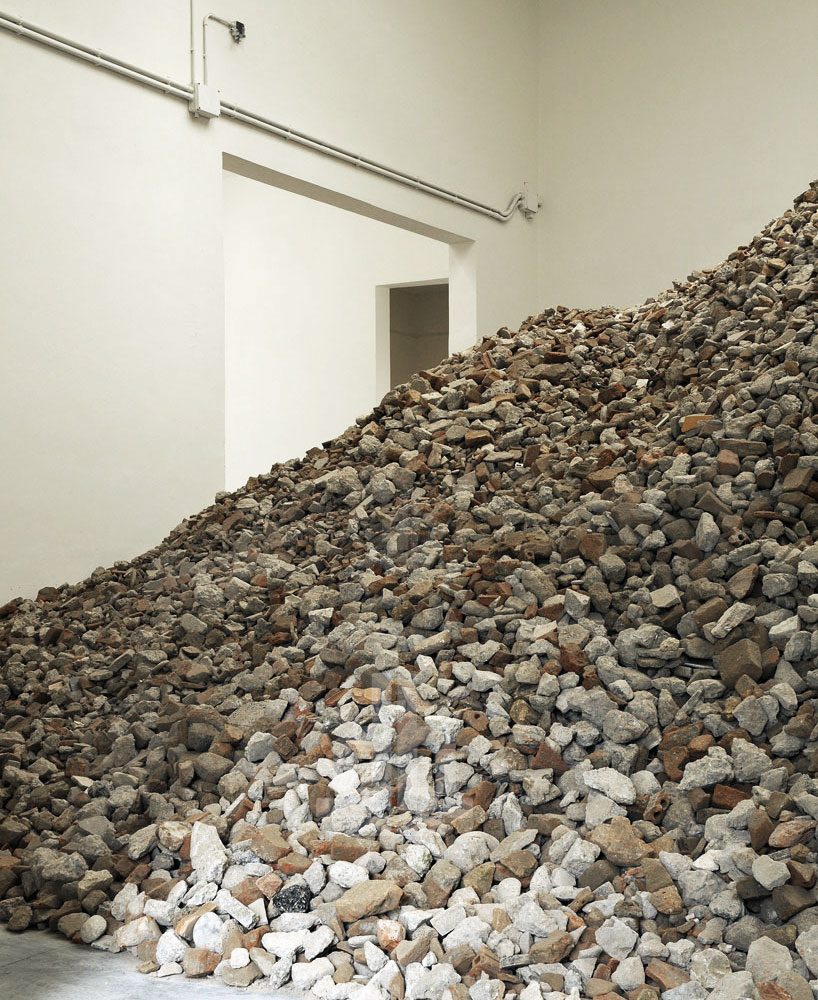 the central room of the pavilion is taken over by mountain cement rubble, roofing tiles and bricks smashed to gravelphoto claudio franzini
the central room of the pavilion is taken over by mountain cement rubble, roofing tiles and bricks smashed to gravelphoto claudio franzini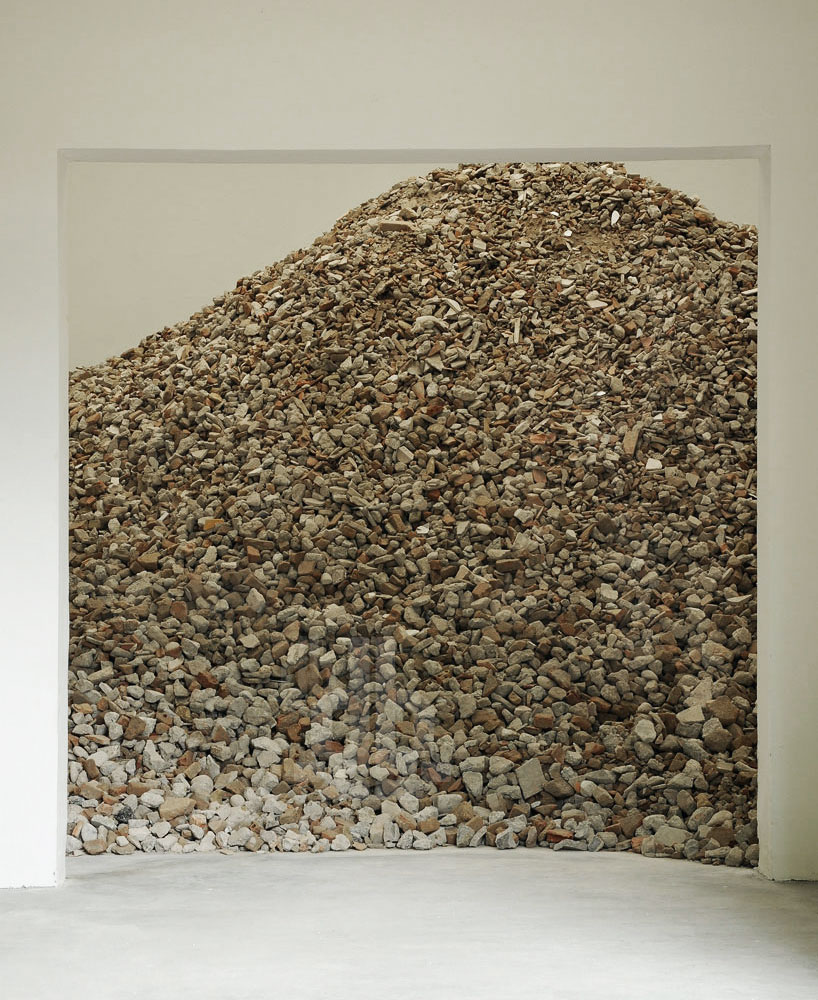 entrances are blocked by the materials, making it difficult for one to enter the spacephoto claudio franzini
entrances are blocked by the materials, making it difficult for one to enter the spacephoto claudio franzini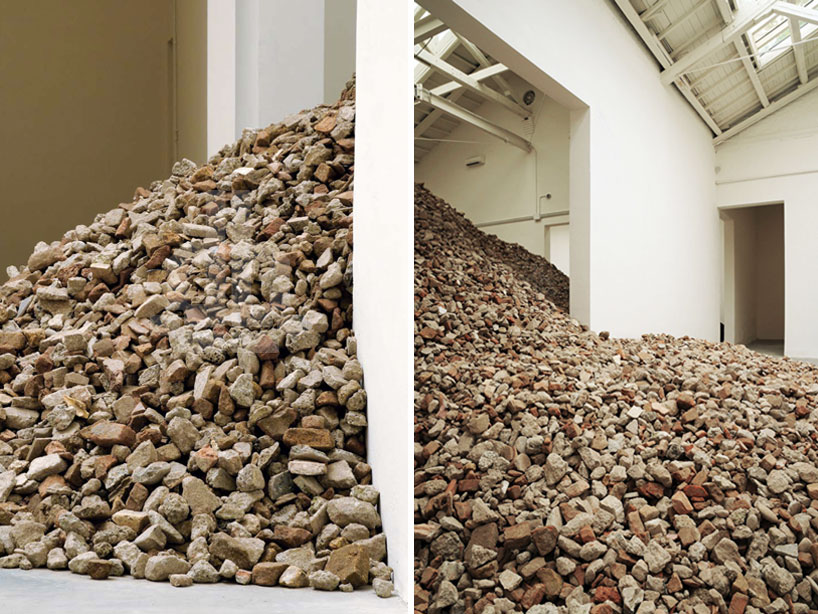 general views of the construction materials flowing out of the rooms of the spanish pavilionleft: image courtesy of the artist / spanish pavilionright: photo claudio franzini
general views of the construction materials flowing out of the rooms of the spanish pavilionleft: image courtesy of the artist / spanish pavilionright: photo claudio franzini image © designboom
image © designboom image © designboom
image © designboom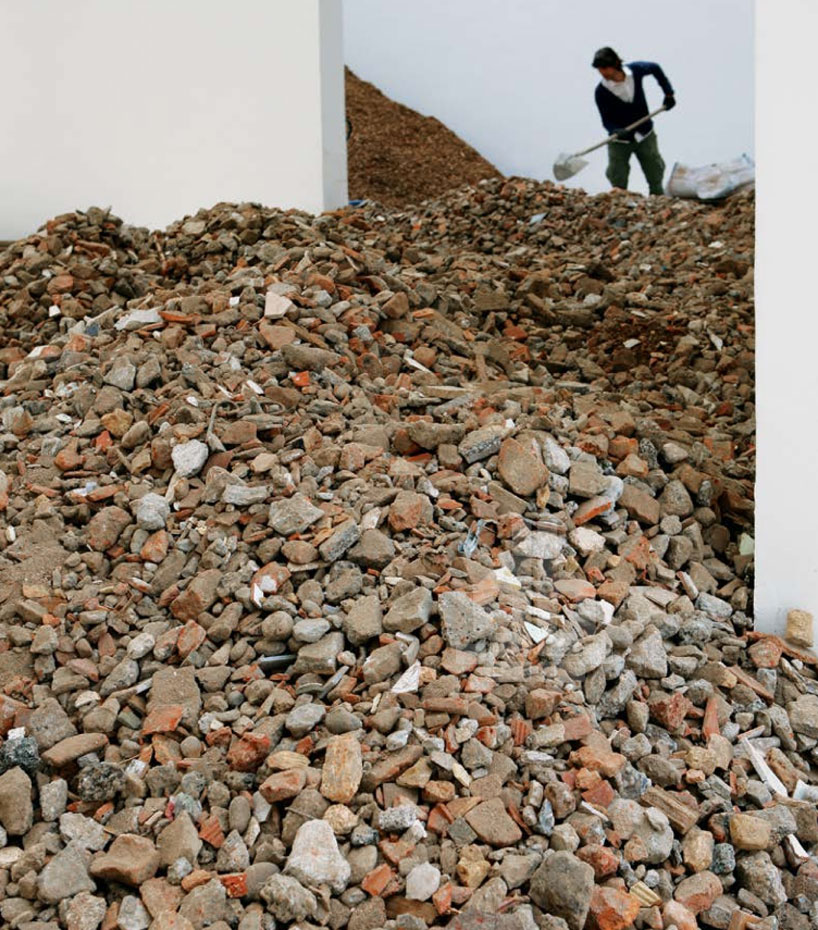 filling up the rooms…image courtesy of the artist / spanish pavilion
filling up the rooms…image courtesy of the artist / spanish pavilion ‘a guide to sacca san mattia, the abandoned island of murano’image © designboom
‘a guide to sacca san mattia, the abandoned island of murano’image © designboom image © designboom
image © designboom sacca san mattia is the largest piece of vacant land in veniceimage © designboom
sacca san mattia is the largest piece of vacant land in veniceimage © designboom

